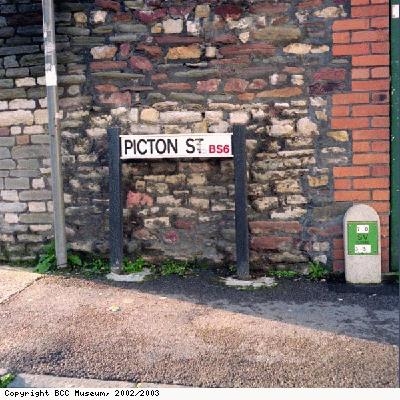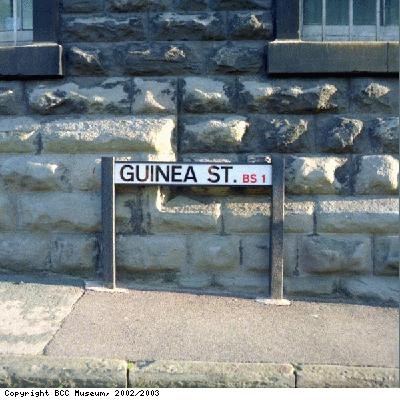Page 304 of 352 pages « First < 302 303 304 305 306 > Last »
Fry’s Trinidad Rock Cocoa Powder wrapper
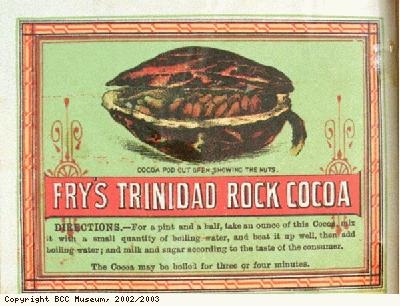
Description:
Wrapper for Fry’s Trinidad Rock Cocoa Powder.
Cocoa, which was used to make chocolate, was grown on slave planations in the Caribbean and brought to Bristol for processing.
Chocolate was first used as a drink, sweetened with sugar to mask the bitter flavour of the chocolate. Later it was used for making eating chocolate. At this period, most people drank beer, wine or spirits. Water was not safe to drink, tea coffee and chocolate were expensive. Quakers promoted drinking chocolate as an alternative to alcohol.
With thanks to Cabury/Schweppes for the use of this item.
Creator: JS Fry and Sons
Copyright: Copyright BCC Museum
Historic site, Lewin’s Mead Sugar House
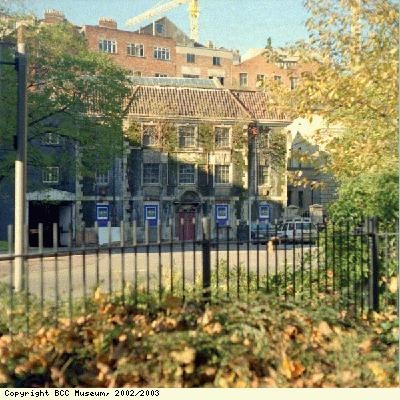
Description:
Historic site, Lewins Mead Sugar House, Narrow Lewin’s Mead, Bristol. This modern photograph is of the former sugar house. This building, now much altered, was once an important sugar house, used to store and process imported sugar from the Caribbean. In the 17th century sugar was a luxury item but in the late 18th century it was enjoyed by an increasing number of people to sweeten tea and cocoa. It was also used in the production of rum. The increased demand for African slaves was due to this popularity of sugar in the 18th century. By the second half of the18th century Bristol was specialising in processing the raw sugar which came from the plantations in the Caribbean. By 1760 the city had about 20 sugar houses like this one. Many sugar merchants went on to own large estates in and around Bristol. The Pope family, who owned one of the two sugar houses in Lewin’s Mead, started as grocers and soap makers. They went into the sugar trade and then became bankers.
With thanks to the authors of the Slave Trade Trail around Central Bristol, Madge Dresser, Caletta Jordan, Doreen Taylor.
Chocolate was first used as a drink, sweetened with sugar to mask the bitter flavour of the chocolate. Later it was used for making eating chocolate. At this period, most people drank beer, wine or spirits. Water was not safe to drink, tea coffee and chocolate were expensive. Quakers promoted drinking chocolate as an alternative to alcohol.
Date: 17th-18th century
Copyright: Copyright BCC Museum
Cocoa plantation
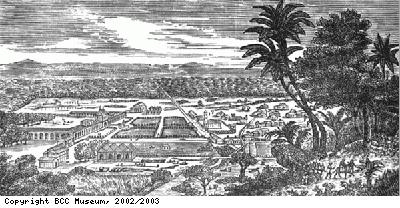
Description:
Picture of cocoa plantation, Valle-Menier, in Nicaragua.
Cocoa, which was used to make chocolate, was grown on slave planations in the Caribbean and brought to Bristol for processing.
Chocolate was first used as a drink, sweetened with sugar to mask the bitter flavour of the chocolate. Later it was used for making eating chocolate. At this period, most people drank beer, wine or spirits. Water was not safe to drink, tea coffee and chocolate were expensive. Quakers promoted drinking chocolate as an alternative to alcohol.
Date: unknown
Copyright: Copyright BCC Museum
Codrington Place, Bristol
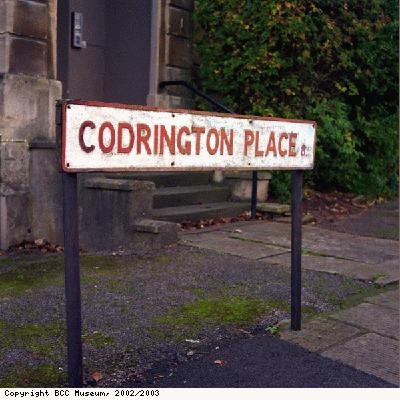
Description:
Modern day view of Codrington Place, Bristol. The Codrington family had plantations in Barbados and Antigua
Copyright: Copyright BCC Museum
Cocoa tree
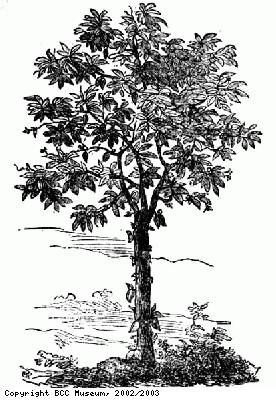
Description:
Picture of the cocoa tree.
Cocoa, which was used to make chocolate, was grown on slave planations in the Caribbean and brought to Bristol for processing.
Chocolate was first used as a drink, sweetened with sugar to mask the bitter flavour of the chocolate. Later it was used for making eating chocolate. At this period, most people drank beer, wine or spirits. Water was not safe to drink, tea coffee and chocolate were expensive. Quakers promoted drinking chocolate as an alternative to alcohol.
Date: unknown
Copyright: Copyright BCC Museum
Patent document
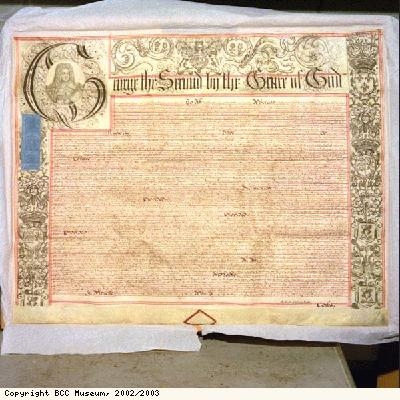
Description:
Document assigning Walter Churchman the patent for his hydraulic grinding press.Churchman’s hydraulic grinding press replaced hand-grinding cocoa beans, speeding up the manufacturing process.
Cocoa, which was used to make chocolate, was grown on slave planations in the Caribbean and brought to Bristol for processing.
Chocolate was first used as a drink, sweetened with sugar to mask the bitter flavour of the chocolate. Later it was used for making eating chocolate. At this period, most people drank beer, wine or spirits. Water was not safe to drink, tea coffee and chocolate were expensive. Quakers promoted drinking chocolate as an alternative to alcohol.
Creator: Churchmans Patent Chocolate
Copyright: Copyright BCC Museum
Directory Extract
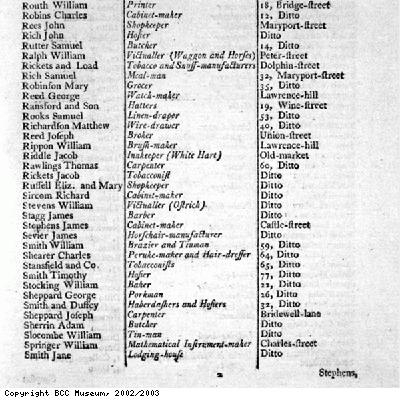
Description:
Matthew’s Bristol Directory, Rickets and Load, tobacco and snuff, Jacob Rickets Tobacconist, Stansfield and Co Tobacconists, William Springer, mathematical instrument maker
Creator: William Matthews
Copyright: Copyright BCC Museum
Directory Extract
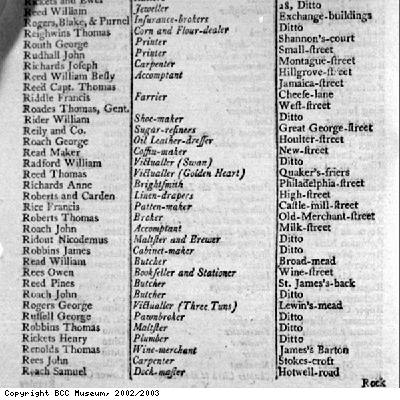
Description:
Extract from Matthews Bristol Directory Reily and Co, sugar refiners, Samual Roach, dockmaster
Creator: Reily and Co/ Samual Roach
Copyright: Copyright BCC Museum
Page 304 of 352 pages « First < 302 303 304 305 306 > Last »
